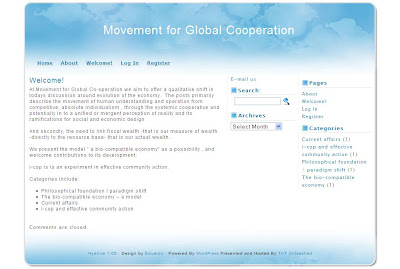Search This Blog
life... Pretty much where I waffle on about a lot of what interests and annoys me
Posts
Showing posts from May, 2010
Wordpress:Step by Step for beginners, part 9
- Get link
- X
- Other Apps
Springbok Radio! For your FM listening pleasure!
- Get link
- X
- Other Apps
Solving unemployment problems, from the GO!Express
- Get link
- X
- Other Apps
Wordpress:Step by Step for beginners, part 8
- Get link
- X
- Other Apps
Those were the days.. or so says Mary Hopkins
- Get link
- X
- Other Apps
Wordpress. Step by step for beginners, part 7
- Get link
- X
- Other Apps
Wordpress. Step by step for beginners, part 6
- Get link
- X
- Other Apps
Wordpress for beginners, step by step, Part 5
- Get link
- X
- Other Apps
I haven't forgotten about Wordpress step by step for beginners.
- Get link
- X
- Other Apps
Wordpress. Step by step for beginners, part 4
- Get link
- X
- Other Apps
Wordpress. Step by step for beginners, part 3
- Get link
- X
- Other Apps
Wordpress. Step by step for beginners. part 2
- Get link
- X
- Other Apps
















